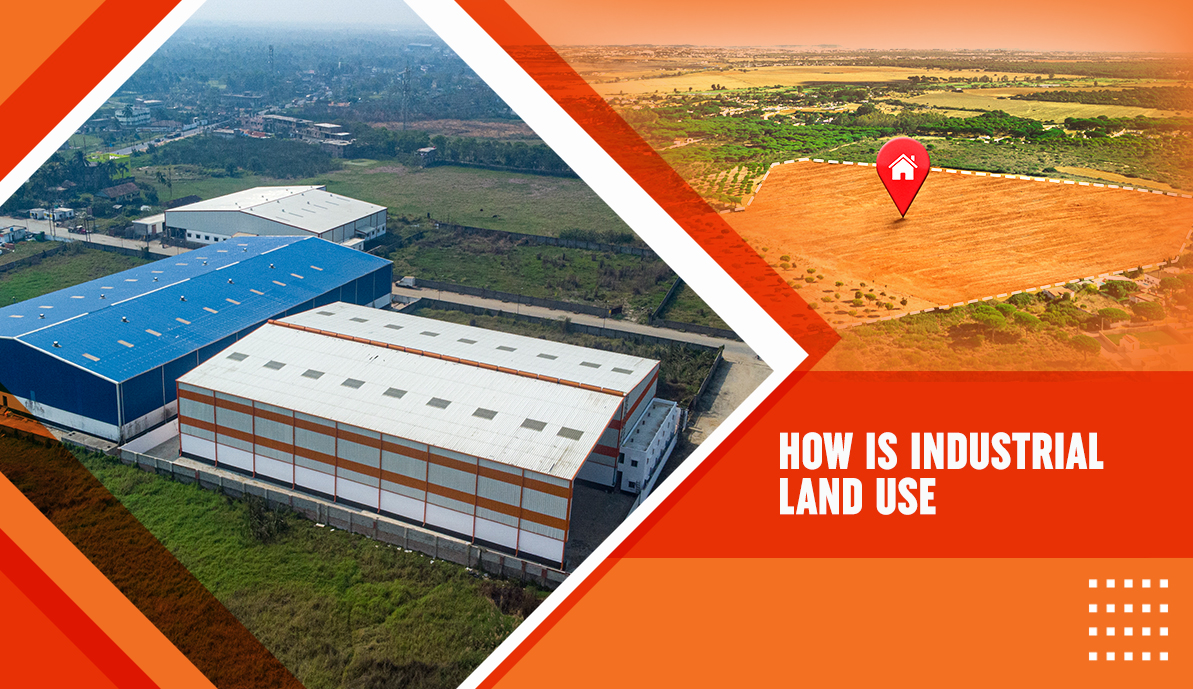Industrial land is not just about factories and warehouses anymore. With smart planning, it can serve many different business needs. Investors and business owners now see industrial land as a flexible and future-proof asset. The shift in land use patterns opens new doors for industries, entrepreneurs, and developers. In this blog, you will learn how industrial land is being used in today’s fast-changing market. From manufacturing to tech parks and logistics hubs, the options are expanding fast. We’ll look into the most promising uses, backed by real market trends. This guide will help landowners and investors find the right direction.
Traditional and Expanding Uses of Industrial Land
Manufacturing and Processing Units
The most common use of industrial land is for manufacturing. These setups include food processing, machinery, textiles, and chemicals. Such units need large open areas with proper waste management systems. They also require smooth road access and safety compliance.
In recent years, more businesses want industrial space solutions that fit flexible production models. These spaces come with smart layouts, energy efficiency, and better working conditions. Builders now design these properties with long-term sustainability in mind. These trends are changing the way factories are planned and built.
Warehousing and Storage
Warehousing is another major use of industrial land. With e-commerce growing, the demand for storage has shot up. Large players need bulk storage near cities for fast delivery. Small businesses also need well-planned storage zones for inventory.
Modern warehouses use technology like AI and IoT to manage goods. This means faster shipping and better tracking. Many buyers now search for industrial properties for sale that already include these tech upgrades. These ready spaces reduce setup time and help cut long-term costs.
New-Age Uses Driving Market Demand
Logistics and Distribution Centers
Logistics centers are rising in every major region. These hubs are key for handling goods between factories, ports, and end-users. Companies are building these spaces closer to city borders for better traffic access. These hubs also support 24/7 operations and bulk vehicle movement.
To stay ahead, many businesses want custom industrial space solutions. They look for large loading docks, smart cooling, and space for vehicle fleets. These setups cut delays and improve service delivery. It also allows faster turnaround for perishable and high-demand goods.
Tech Parks and Data Centers
Tech parks are no longer limited to urban office zones. Many data centers and server facilities now sit on industrial land. These locations offer cheaper space, high power supply, and better safety. The rise of cloud computing has only increased this demand.
Industrial land also suits the needs of blockchain and AI-based companies. They need data-heavy setups that run 24×7. Builders are now listing industrial properties for sale with built-in IT infrastructure. This makes it easy for tech firms to move in quickly and scale fast.
Creative and Mixed-Use Developments
Green Industry Parks
With climate concerns on the rise, green industry parks are gaining attention. These are eco-friendly spaces built using solar panels, rainwater systems, and energy-saving tools. Industrial land in such parks supports industries with sustainable goals. These parks attract companies that want to reduce their carbon footprint.
Startups and small firms now ask for industrial space solutions that support green building standards. This includes smart insulation, natural light, and EV charging. These features save money in the long run and help meet new legal norms.
Training and R&D Centers
Many companies use industrial land for research and training. These centers are built away from city noise and distractions. They support learning labs, test setups, and hands-on training. This use is popular in pharma, electronics, and heavy engineering sectors.
Some of these facilities are built near logistics zones for easy product testing and shipment. Buyers look for industrial properties for sale near highways and airports. This makes R&D centers easier to access for experts and teams.
The Bottom Line
Industrial land is no longer one-dimensional. It now plays a key role in new and emerging business models. From manufacturing to tech, from logistics to green setups, the possibilities keep growing. Smart investors are focusing on location, design, and future demand. Those who adapt early will benefit most from these new land use trends. As demand rises, finding the right land and using it wisely is more important than ever.









